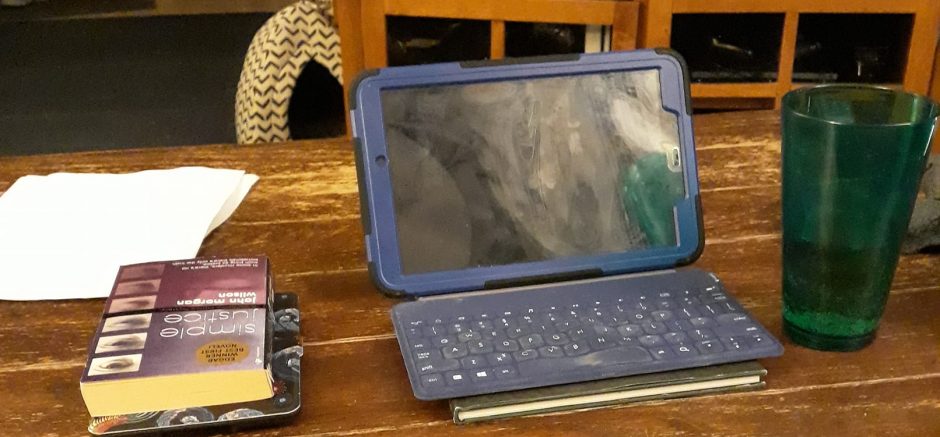I left, too. They're talking about people like me, in the Chronicle of Higher Education.
By Patrick J. Carr and Maria J. Kefalas
What is going on in small-town America? The nation's mythology of small towns comes to us straight from the The Music Man's set designers. Many Americans think about flyover country or Red America only during the culture war's skirmishes or campaign season. Most of the time, the rural crisis takes a back seat to more visible big-city troubles. So while there is a veritable academic industry devoted to chronicling urban decline, small towns' struggles are off the grid.
And yet, upon close inspection, the rural and urban downturns have much in common, even though conventional wisdom casts the small town as embodiment of all that is right with America and the inner city as all that is wrong with it.
The Harvard University sociologist William Julius Wilson famously describes how deindustrialization, joblessness, middle-class flight, depopulation, and global market shifts gave rise to the urban hyper-ghettos of the 1970s, and the same forces are now afflicting the nation's countryside. The differences are just in the details. In urban centers, young men with NBA jerseys sling dime bags from vacant buildings, while in small towns, drug dealers wearing Nascar T‑shirts, living in trailer parks, sell and use meth. Young girls in the countryside who become mothers before finishing high school share stories of lost adolescence and despair that differ little from the ones their urban sisters might tell.
In both settings, there is no shortage of guns, although in North Philadelphia's Badlands or Chicago's South Side those guns might be concealed and illegal, while in small towns guns hang on display in polished oak cabinets in the sitting room. Residents of rural America are more likely to be poor and uninsured than their counterparts in metropolitan areas, typically earning 80 percent what suburban and urban workers do.
The most dramatic evidence of the rural meltdown has been the hollowing out—that is, losing the most talented young people at precisely the same time that changes in farming and industry have transformed the landscape for those who stay. This so-called rural "brain drain" isn't a new phenomenon, but by the 21st century the shortage of young people has reached a tipping point, and its consequences are more severe now than ever before. Simply put, many small towns are mere years away from extinction, while others limp along in a weakened and disabled state.
In just over two decades, more than 700 rural counties, from the Plains to the Texas Panhandle through to Appalachia, lost 10 percent or more of their population. Nationally, there are more deaths than births in one of two rural counties. Though the hollowing-out process feeds off the recession, the problem predates, and indeed, presaged many of the nation's current economic woes. But despite the seriousness of the hollowing-out process, we believe that, with a plan and a vision, many small towns can play a key role in the nation's recovery.







Pingback: maria kefalas